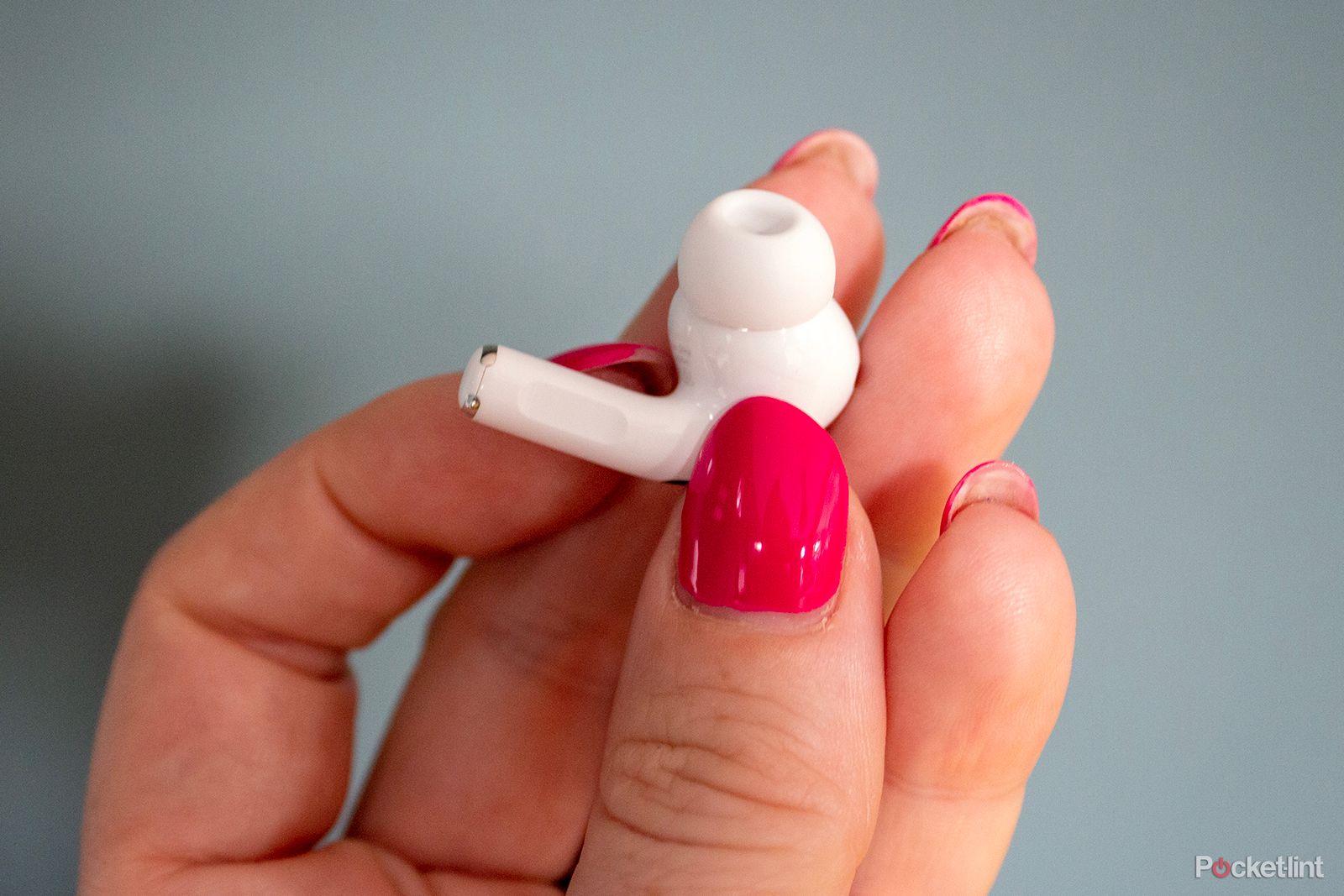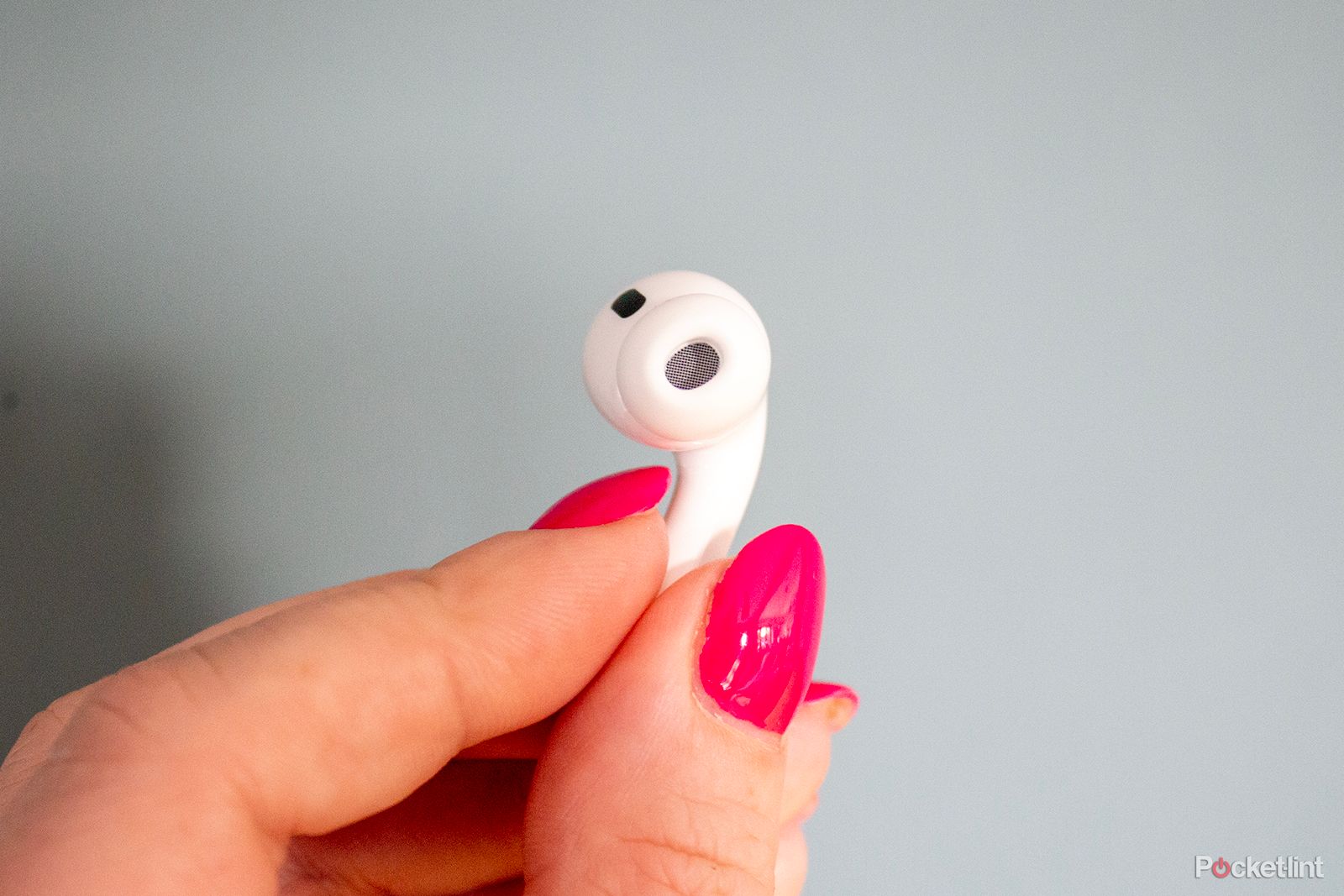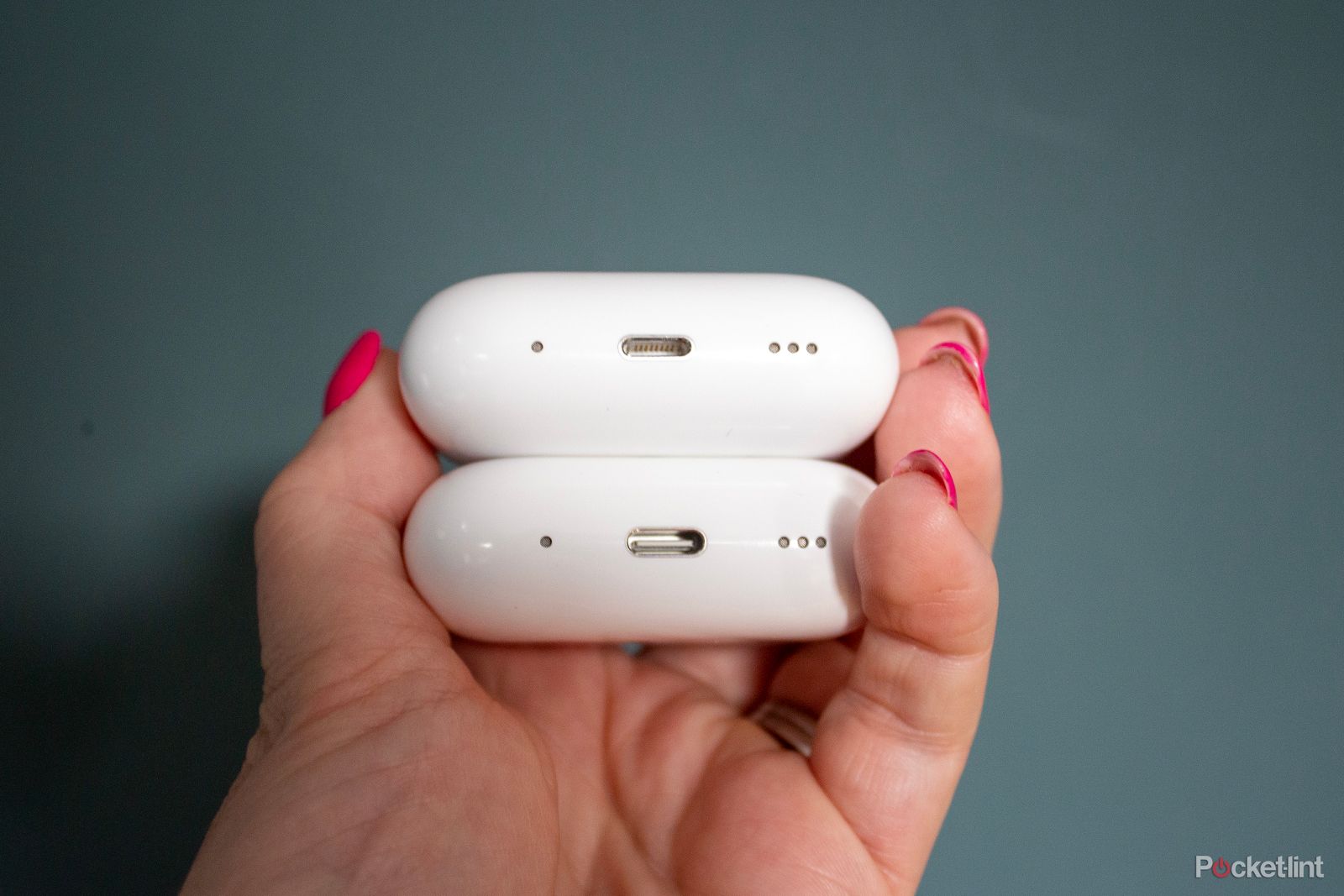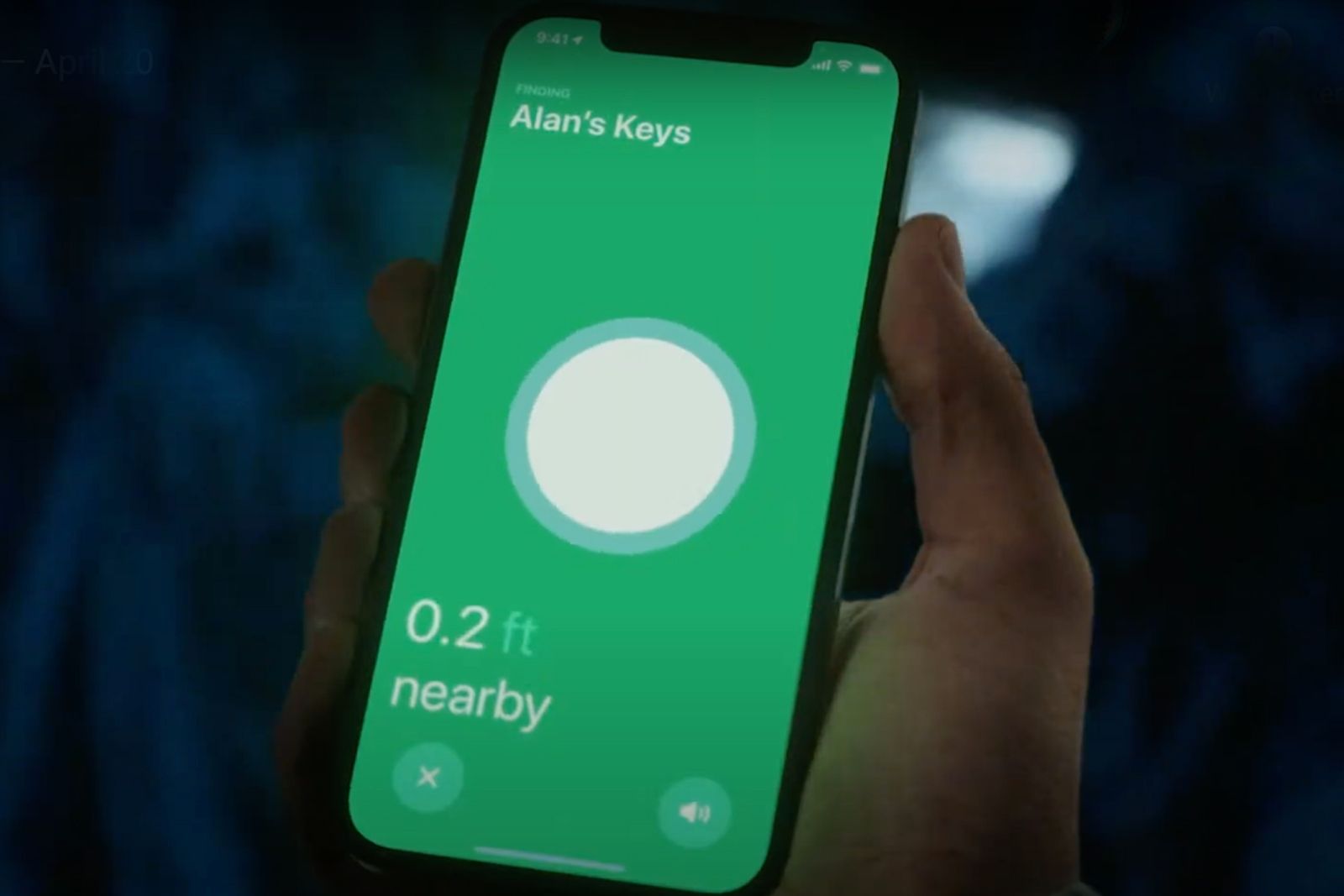-
Apple AirPods Pro 2nd Generation (USB-C)
The updated AirPods Pro (second generation) have a USB-C charging port, allowing you to charge using USB-C cables you already have for other devices, or even from a USB-C iPhone. You get the same stunning sound quality and active noise cancellation features that you do with the original Lightning version.
Pros- Can charge from your USB-C iPhone
- Lossless audio support for Vision Pro
- Dust resistant
Cons- Almost identical to older version
- Won’t work with your Lightning cables
-
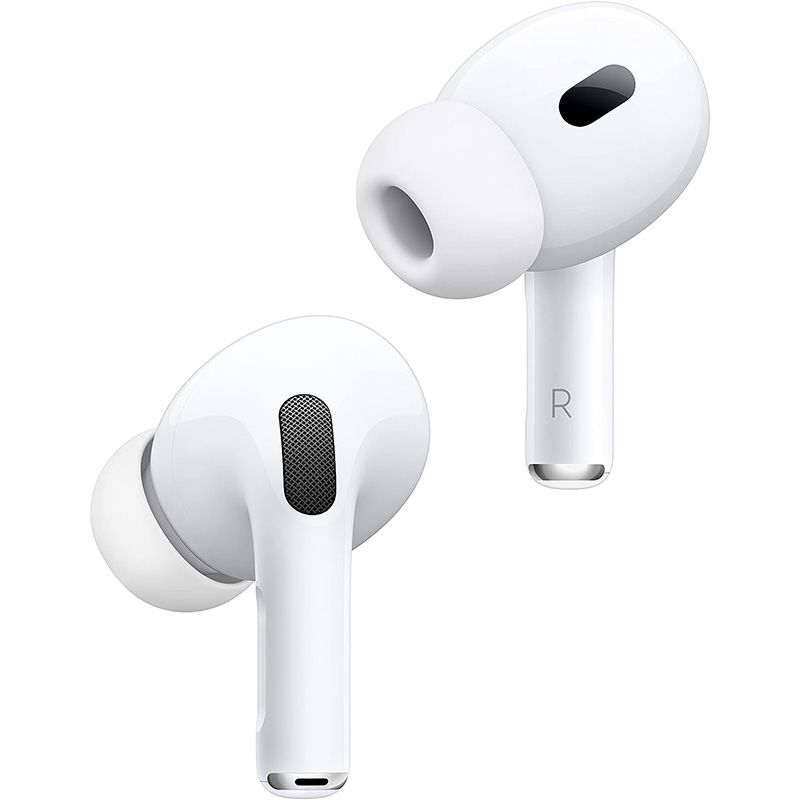
Apple AirPods Pro 2
The Lightning Apple AirPods Pro (second-generation) offer the same high-quality sound and active noise cancellation features as the new USB-C version, making them (jointly) Apple’s best sounding in-ear headphones. The Lightning cable may be on the way out, but it will still probably be around longer than your AirPods will.
Pros- Works with your existing Lightning cables
- Likely to see significant discounts
- Same great audio and features as the new version
Cons- Won’t support lossless audio with the Vision Pro
- Lightning connector being phased out
When the iPhone 15 models were launched, one of the biggest stories was that they were the first iPhones to feature a USB-C charging port instead of the proprietary Lightning port that has appeared on all previous iPhone models since the iPhone 5. Apple has leaned into the change and is adding USB-C charging to other products that previously featured a Lightning port, too.
That’s the case with the AirPods Pro (2nd Generation) wireless earbuds, which have been updated to a USB-C charging port. However, the changes are so minimal that the updated model doesn’t even have a new name, leaving us to have to deal with unwieldy phrases such as ‘Apple AirPods Pro (2nd Generation) with MagSafe Charging Case (USB-C)’ to differentiate between the models.
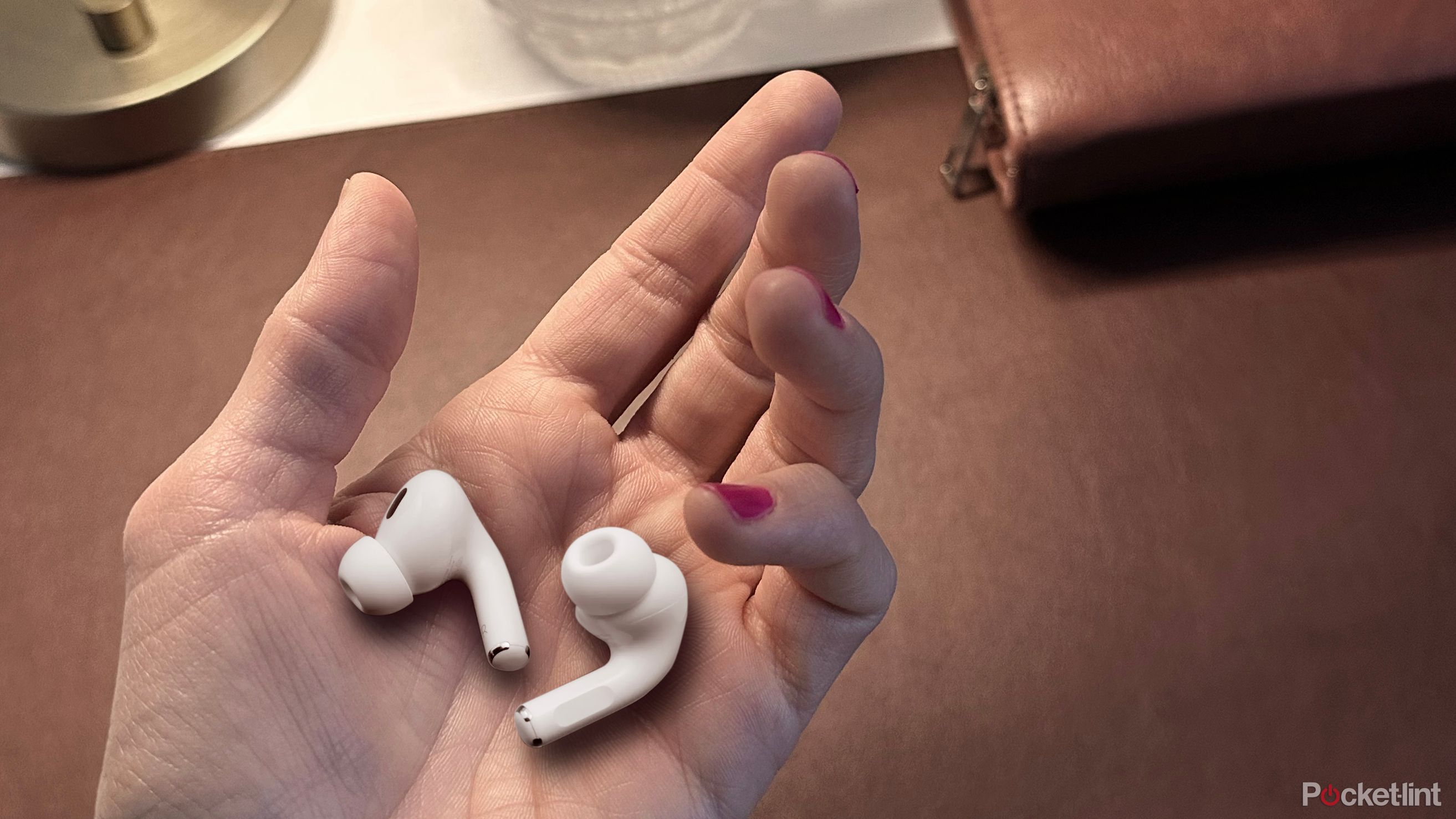
Related
4 ways to check if your AirPods are fake
Apple’s AirPods are some of the most popular wireless buds on the market, which unfortunately means there are fakes out there. Are yours legit?
As you might have guessed, the biggest change between the two versions of essentially the same product is the type of port in the charging case. There are some other differences, however, some of which are significant. How do the AirPods Pro 2nd Generation USB-C compare to the old 2nd Generation AirPods Pro from 2022? And if you currently own the Lightning version, is it worth upgrading? Let’s find out.
Price, availability, and specs
The AirPods Pro (2nd Generation) with the Lightning port launched in September 2022, at a price of $249. Since the update to the USB-C version, it’s no longer possible to buy new Lightning AirPods Pro (2nd Generation) from the Apple website, although you still get a pair of certified refurbished Lighting AirPods Pro (2nd Generation) from the Apple website for $209.
The USB-C AirPods Pro are $249 from Apple and you can currently get your hands on a pair from Amazon for just $189.
As you would expect, the vast majority of the specifications are the same between the two models, but let’s take a look at some of the key specs.
-
Apple AirPods Pro 2nd Generation (USB-C) Apple AirPods Pro 2 Battery Life 4.5 hours talk time, 6 hours listening, 30 hours with case 4.5 hours talk time, 6 hours listening, 30 hours with case Noise Cancellation Yes Yes IP rating IP54 IPX4 Supported codecs SBC, AAC, Lossless Audio with Vision Pro SBC, AAC Charging Wireless, USB-C Wireless, Lighting Dimensions 45.2 x 60.6 x 21.7 / 50.8g (Charging Case), 30.9 x 21.8 x 24mm / 5.3g (Earbuds) 45.2 x 60.6 x 21.7mm / 50.8g (Charging Case), 30.9 x 21.8 x 24mm / 5.3g (Earbuds) Color White only White only Chip H2 Chip, U1 Chip in Charging Case H2 Chip, U2 Chip in Charging Case Spatial Audio Yes, Personalised Spatial Audio with Head Tracking Yes, Personalised Spatial Audio with Head Tracking
What’s the same between Apple’s AirPods Pro 2nd Generation models?
The short answer is almost everything. There are a couple of significant differences which we’ll look at below, but first, let’s take a look at what hasn’t changed.
Design
The design remains exactly the same, so if the AirPods Pro (2nd Generation) with Lightning felt good in your ears, the USB-C model will feel equally good. The AirPods Pro (2nd Generation) models both have short stems that are similar in length to the AirPods (3rd Generation), but significantly shorter than on the older models. There’s a vent on the side for pressure equalization, and a touch sensor on the stem. Both models include two microphones to power the active noise cancellation (ANC) and have silicone ear tips at the end of the head, with four size options available.
Controls
Both models use the same touch sensor on the stem to allow you to control your music or calls without needing to touch your iPhone, iPad, or Mac. With the arrival of iOS 17, both models of AirPods Pro gain new controls, with a press of the stem allowing you to mute and unmute calls. Hanging up a call now requires a double press. You can also slide your finger up and down the sensor to turn the volume up or down or hold the sensor to switch between Active Noise Cancellation, Transparency mode, or Adaptive Audio mode.
Sound
The sound quality is also exactly the same for both models of AirPods Pro (2nd Generation). A custom driver and amplifier help to reduce distortion when compared to the original AirPods Pro, so you get clearer highs and deeper bass, no matter the volume level. The Active Noise Cancellation is excellent and can reduce intrusive sounds such as screaming babies or power tools, as well as background noise like general conversation. Your Apple Watch can even show you how much the sound level has been reduced thanks to your AirPods Pro (2nd Generation).
Listening to music, you get an even wider soundstage than on the original AirPods Pro, with noticeably richer bass, and more clarity. You can also use Personalized Spatial Audio that’s tailored to your ears, and head tracking that will move the sound mix as you move your head.
Processor
Both models use the same H2 chip that enables features such as improved noise cancellation and overall better sound quality than the original AirPods Pro that use the H1 chip. It also gives the AirPods Pro (2nd Generation) better battery life than the original AirPods Pro were able to offer. Apple claims that the H2 chip enables twice the level of noise cancellation as you got with the original AirPods Pro.
Battery life
Both models of AirPods Pro can give up to 6 hours of listening time, which drops down to 5.5 hours if you have Spatial Audio with head tracking on. If you’re making calls, you can get up to 4.5 hours of talk time with the active noise cancellation turned on. The charging case allows you to get up to 30 hours of listening time between charges, or 24 hours of talk time. Just five minutes in the charging case will give around an hour of listening time or talk time.
What’s different between Apple’s AirPods Pro 2nd gen models?
So far, so exactly the same. Is there anything different about the USB-C version of the AirPods Pro (2nd Generation). Well, yes, there is, and it’s not just the charging port.
Wireless charging case
The most obvious difference between the AirPods Pro (2nd Generation) USB-C and the old AirPods Pro (2nd Generation) with Lightning is that the charging case on the former has a USB-C port instead of the Lightning port on the original version. Even then, you’d barely think to look at them, as the ports are very similar in size.
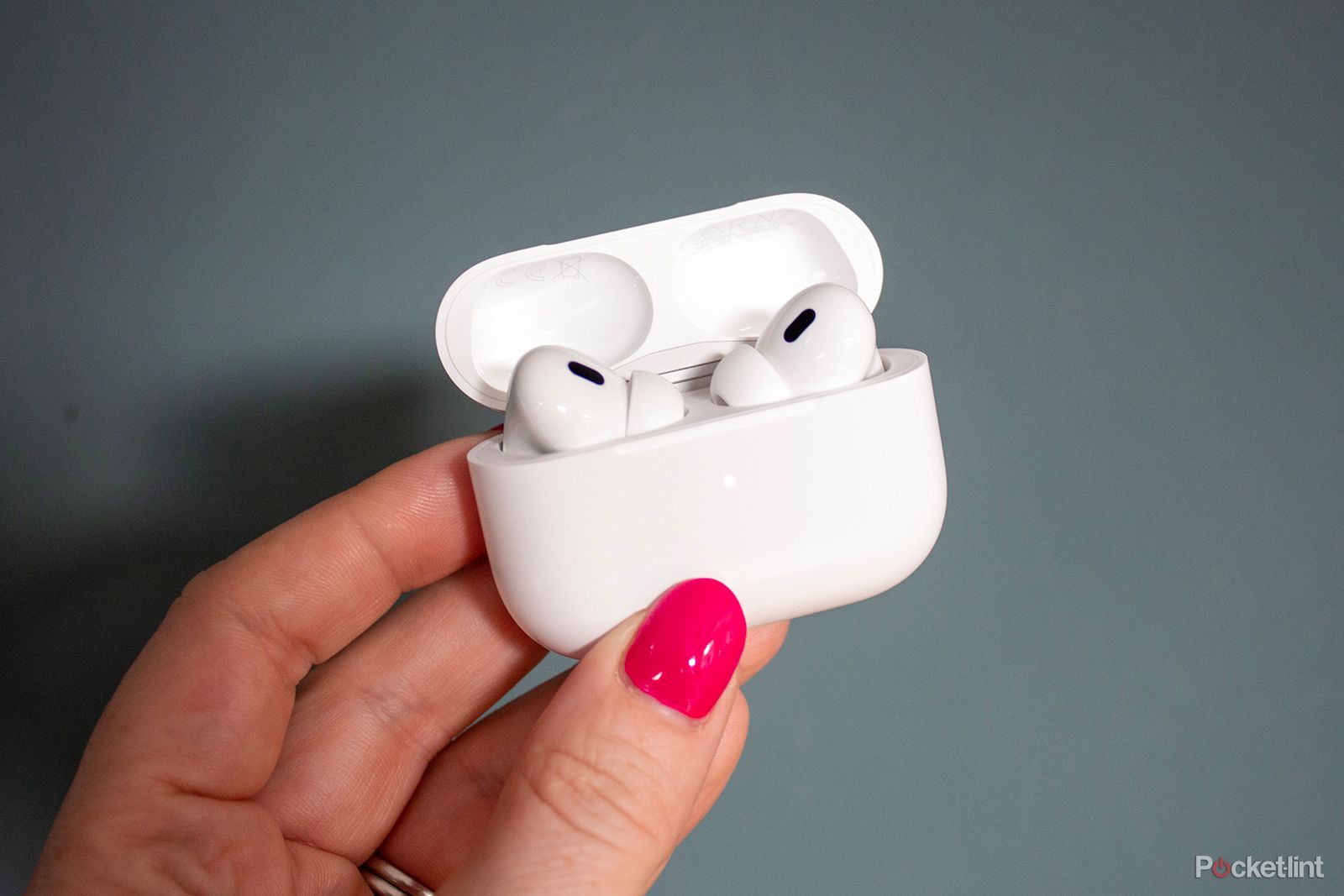
Read our review
Apple AirPods Pro 2nd Generation (USB-C) review: Do you need to upgrade?
The AirPods Pro 2nd Generation now have a MagSafe and USB-C case, plus some other improvements, but should you buy them? Here’s my review.
However, the USB-C case allows a handy feature that isn’t possible with the Lightning case; with a USB-C to USB-C cable, you can charge your AirPods directly from a USB-C iPhone such as the iPhone 15 or iPhone 15 Pro. Both models offer wireless charging, and they’re both compatible with MagSafe too.
IP Rating
Another small difference between the two versions of AirPods Pro (second generation) is that the USB-C version has a slightly different IP rating, which is a measure of ingress protection. The older version is rated at IPX4, which means that they can withstand sweat and the occasional splash without too much issue.
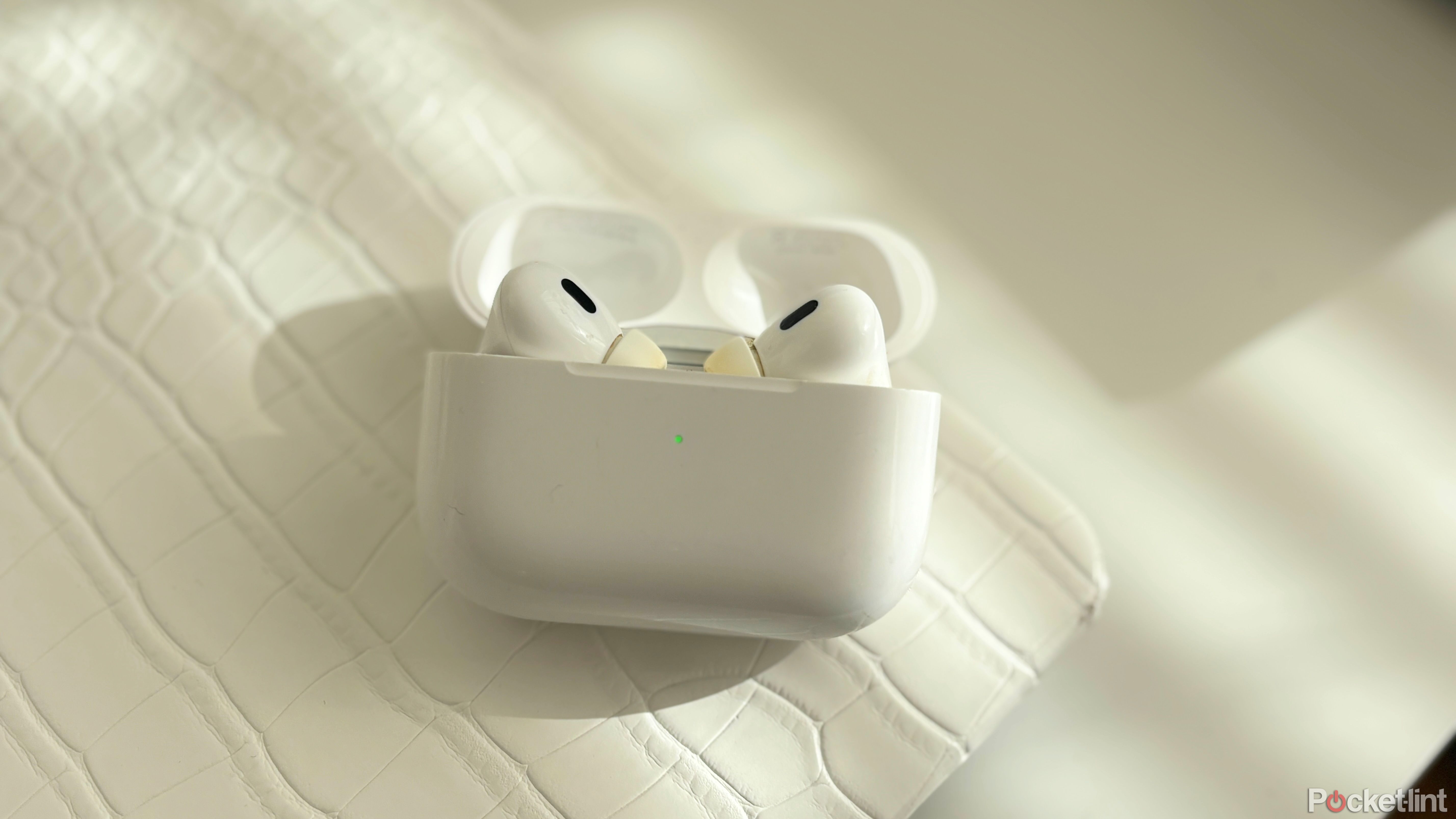
Related
Your AirPods aren’t waterproof: 5 things to do if they get wet
Your AirPods are sweat and water resistant, but they’re not waterproof. So, here’s what to do if they get wet — and no, rice isn’t the answer.
The USB-C version is rated at IP54, which means that they have exactly the same level of moisture protection but are also protected against the limited ingress of dust.
Apple
Precision Finding
The AirProds Pro (2nd Generation) with USB-C come with a second generation of the U1 chip built in, while the Lightning model has the first generation of the U1 chip. The second generation of the U1 chip allows for Find My with Precision Finding to accurately locate your charging case rather than only telling you the distance to a couple of meters. You’ll need an iPhone 11 or newer with an ultra-wideband chip inside in order to use this feature, however.
Optimal Vision Pro experience
The final difference is quite a significant one and one that may irk owners of the original AirPods Pro (2nd Generation) with Lightning. That’s because if you own the Apple Vision Pro, AirPods Pro (2nd Generation) with USB-C can play audio from the mixed reality headset in 20-bit, 48kHz lossless audio. This is the first time that any AirPods have been able to wirelessly play lossless audio.
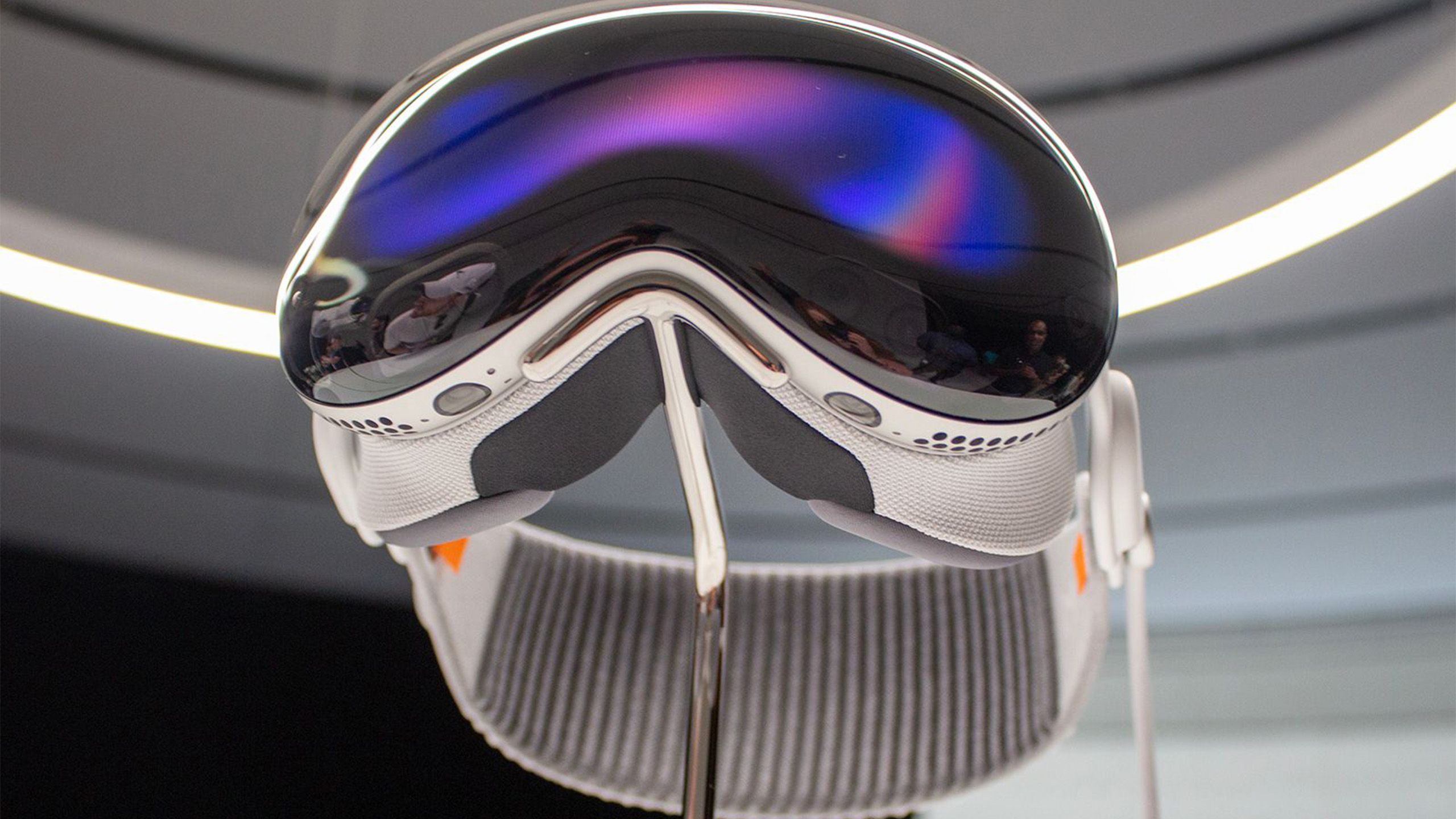
Related
Which headphones work best with Apple Vision Pro?
Apple’s Vision Pro can connect to non-Apple Bluetooth headphones, but there are some compromises. Here’s what to know.
If you own the AirPods Pro (2nd Generation) with Lightning then you’re out of luck, as they don’t support lossless audio with the Vision Pro. If you’ve shelled out the significant price tag of the Vision Pro, you might feel a little aggrieved to have to also upgrade your otherwise identical 2nd Generation AirPods Pro, but unfortunately, that’s the case.
Conclusion: To USB-C or not to USB-C?
If you don’t already own the older version of the AirPods Pro (2nd Generation) then you don’t really have a decision to make. You’ll find it a struggle to get your hands on the old Lightning version of the AirPods Pro (2nd Generation) and there’s no real reason why you’d want to. You lose the ability to charge your AirPods Pro from your iPhone, and if you own a Vision Pro, you won’t get the lossless audio support that’s only available with the AirPods Pro 2nd Generation with USB-C.
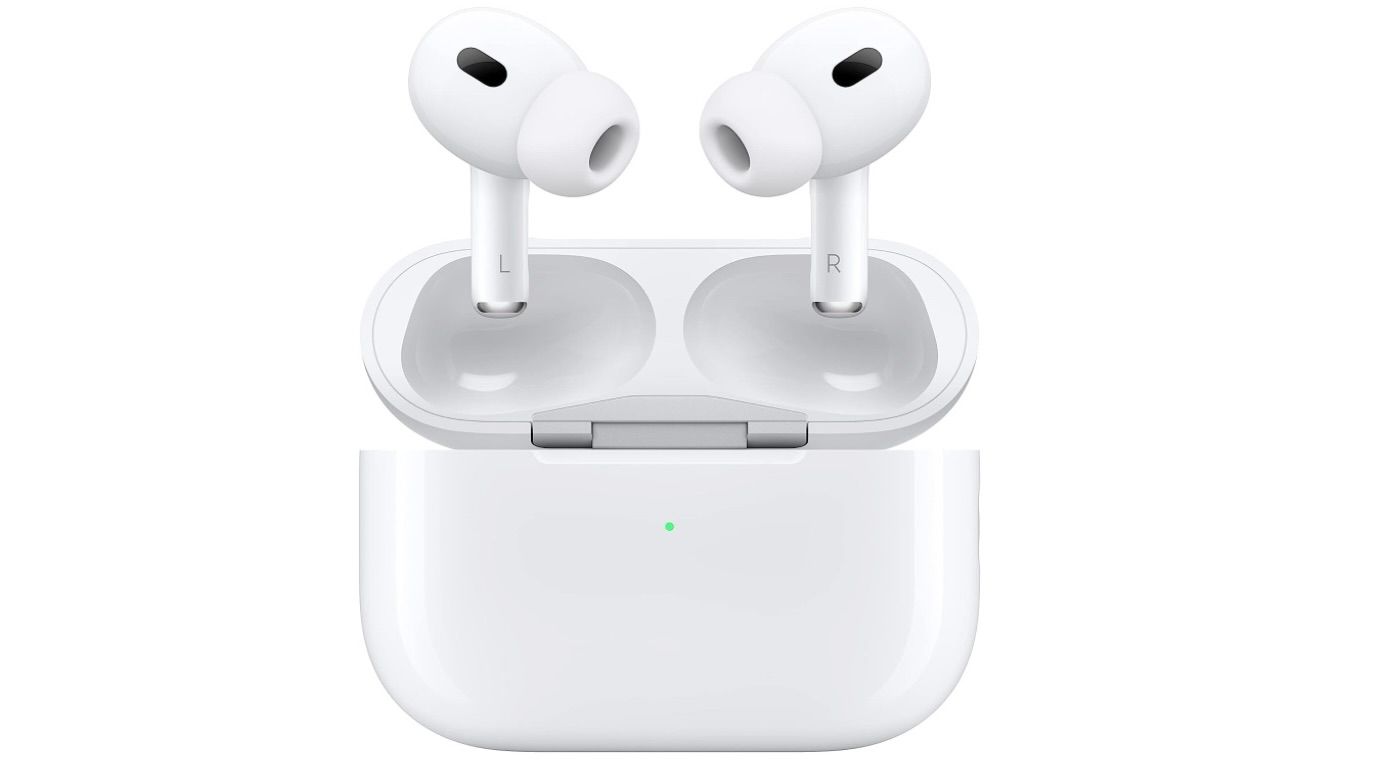
Editor’s Choice
Apple AirPods Pro 2nd Generation (USB-C)
$189 $250 Save $61
The beauty of AirPods is their convenience, and the AirPods Pro 2nd Generation (USB-C) are no different. The upgrade to USB-C only adds to this, while the extra features and additional software enhancements make for an overall excellent experience.
If you already own a pair of Lighting AirPods Pro (2nd Generation) however, then there’s very little reason to upgrade them, unless you also own the Vision Pro. The charging port and dust protection really aren’t big enough reasons to ditch your otherwise excellent AirPods and fork out for a new pair that sound identical.
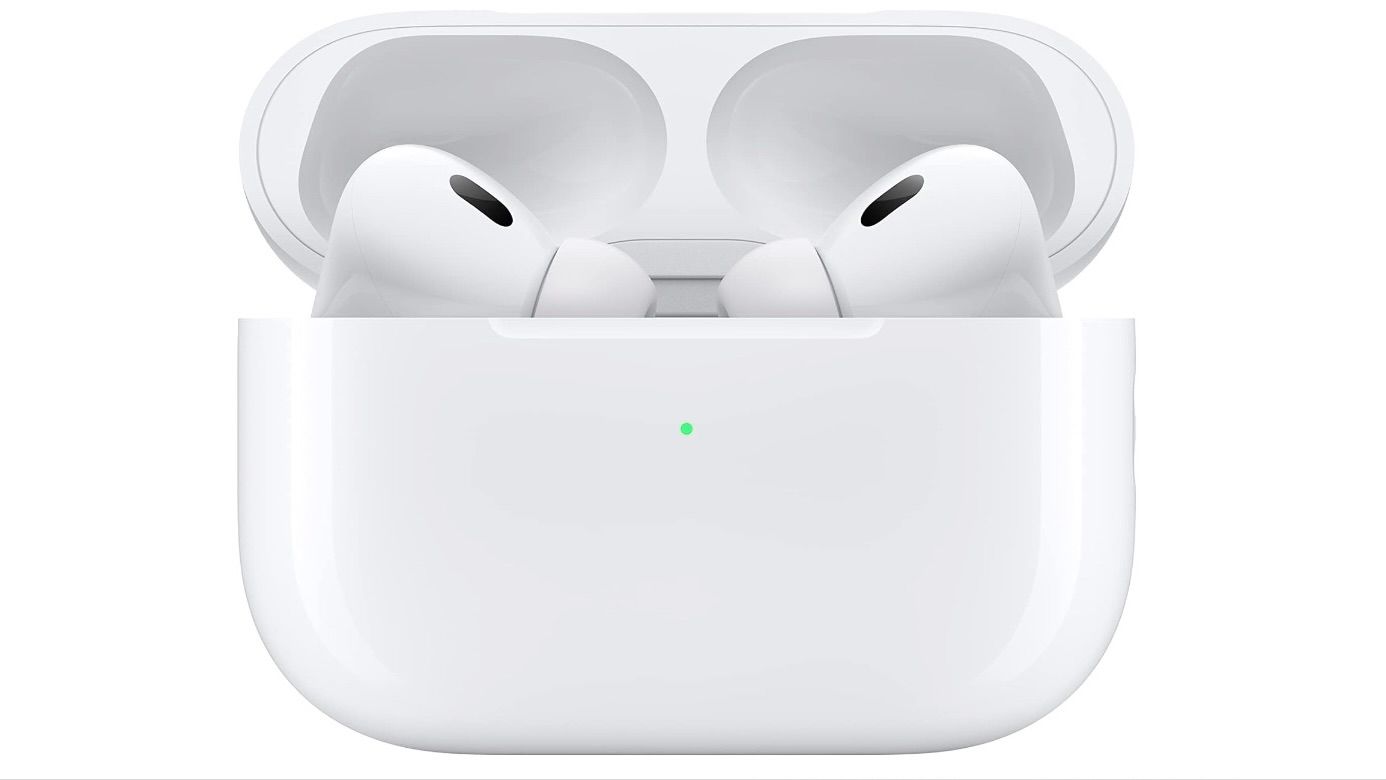
However, you don’t need to upgrade
Apple AirPods Pro 2
Trending Products

Cooler Master MasterBox Q300L Micro-ATX Tower with Magnetic Design Dust Filter, Transparent Acrylic Side Panel…

ASUS TUF Gaming GT301 ZAKU II Edition ATX mid-Tower Compact case with Tempered Glass Side Panel, Honeycomb Front Panel…

ASUS TUF Gaming GT501 Mid-Tower Computer Case for up to EATX Motherboards with USB 3.0 Front Panel Cases GT501/GRY/WITH…

be quiet! Pure Base 500DX Black, Mid Tower ATX case, ARGB, 3 pre-installed Pure Wings 2, BGW37, tempered glass window

ASUS ROG Strix Helios GX601 White Edition RGB Mid-Tower Computer Case for ATX/EATX Motherboards with tempered glass…


